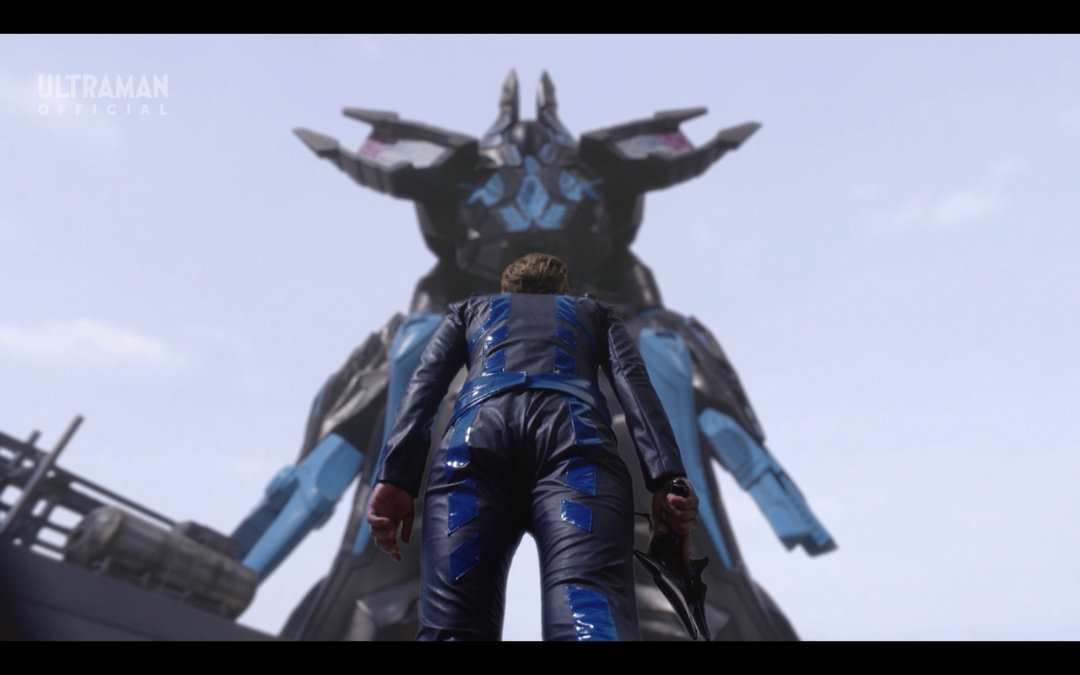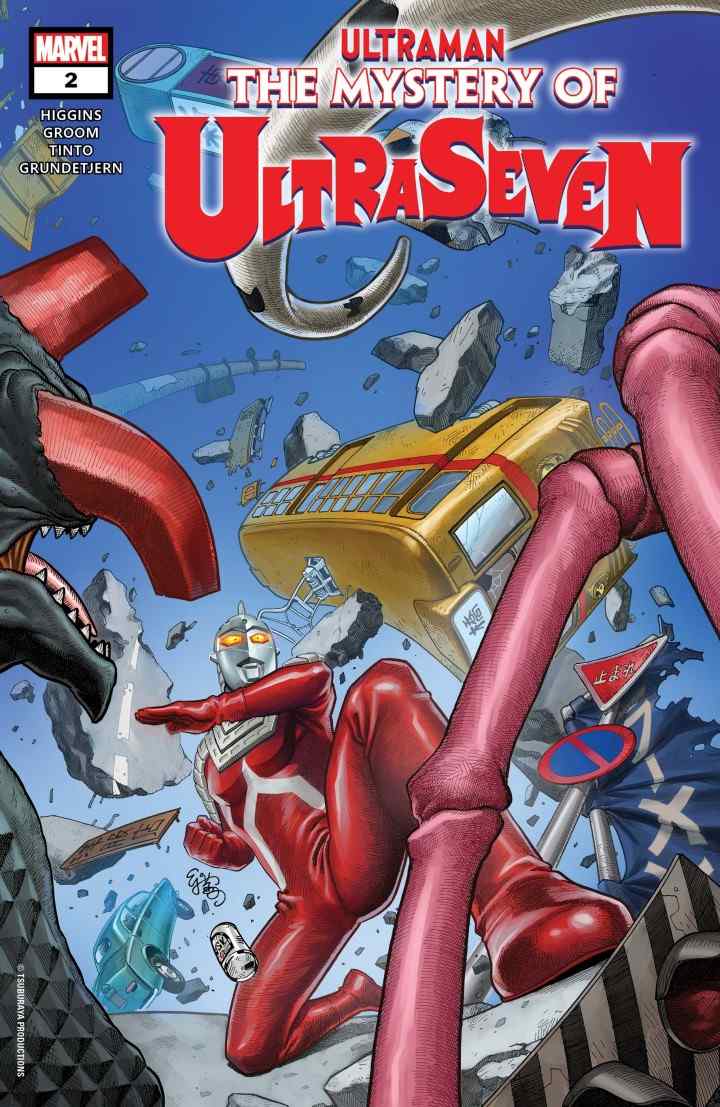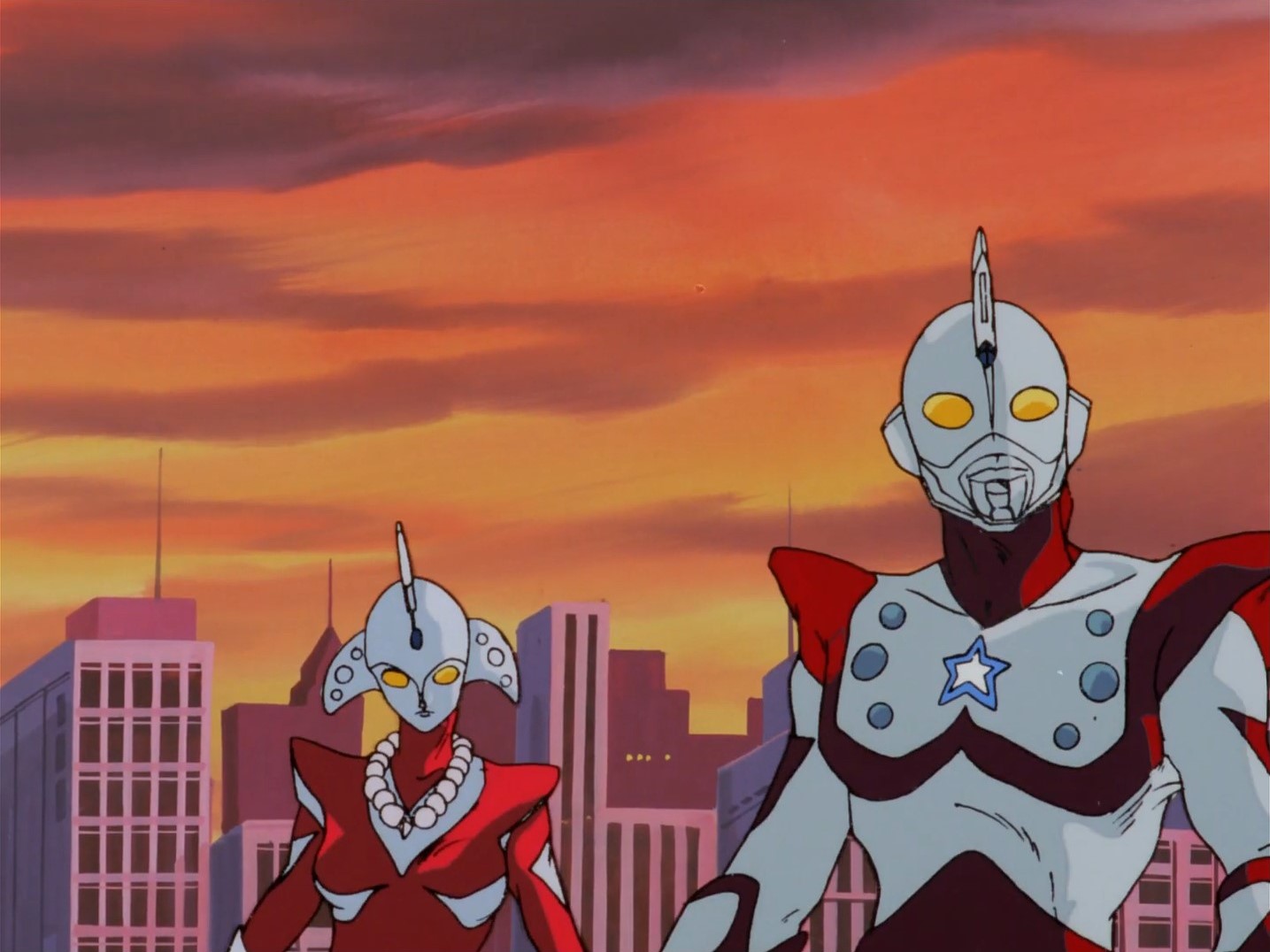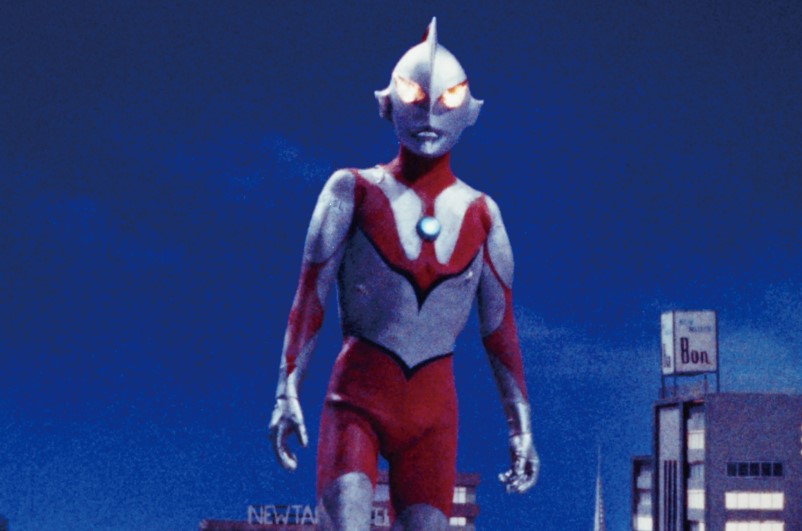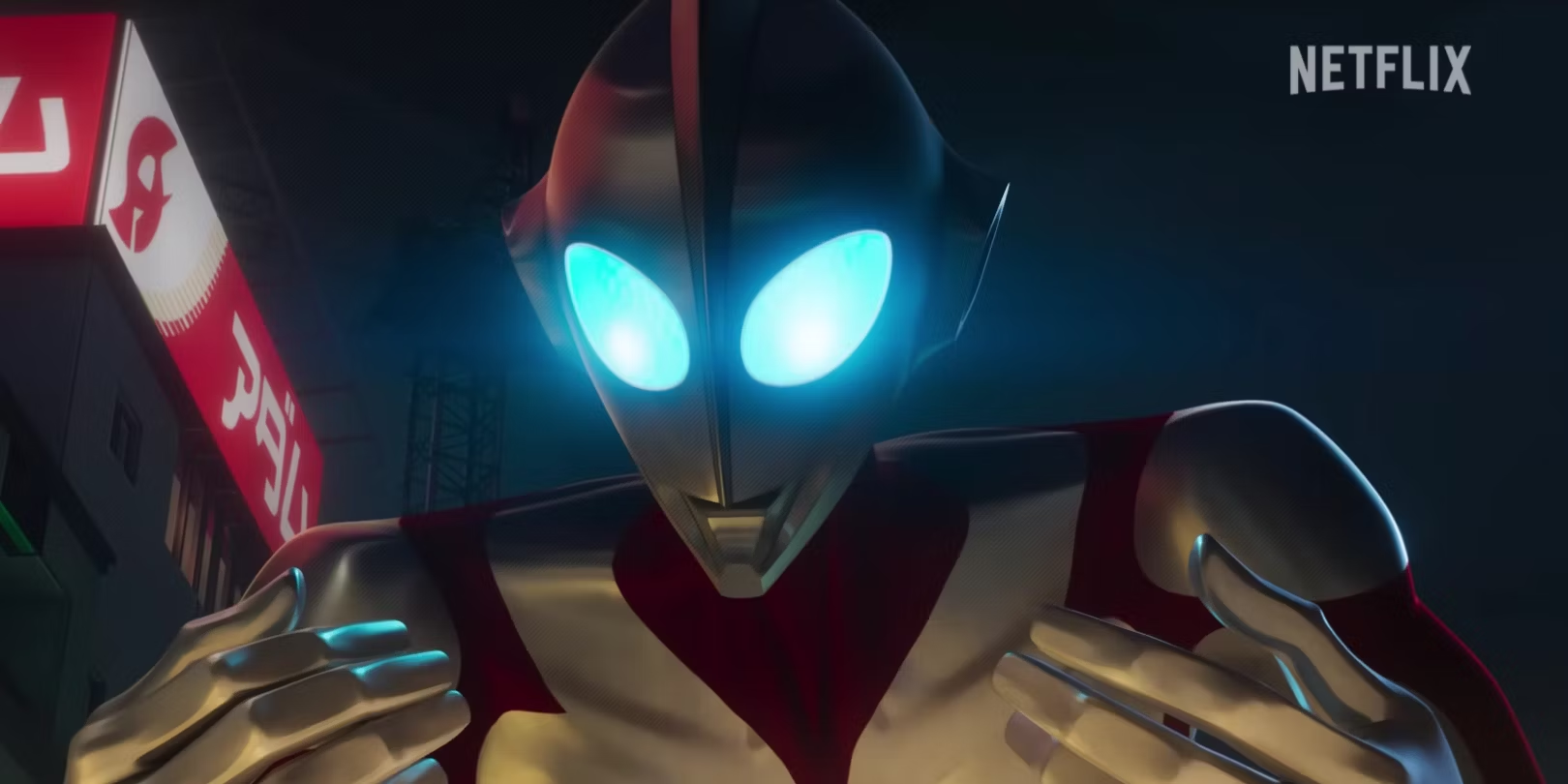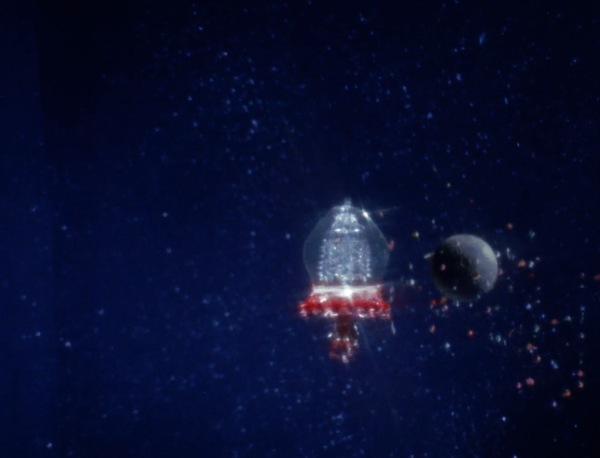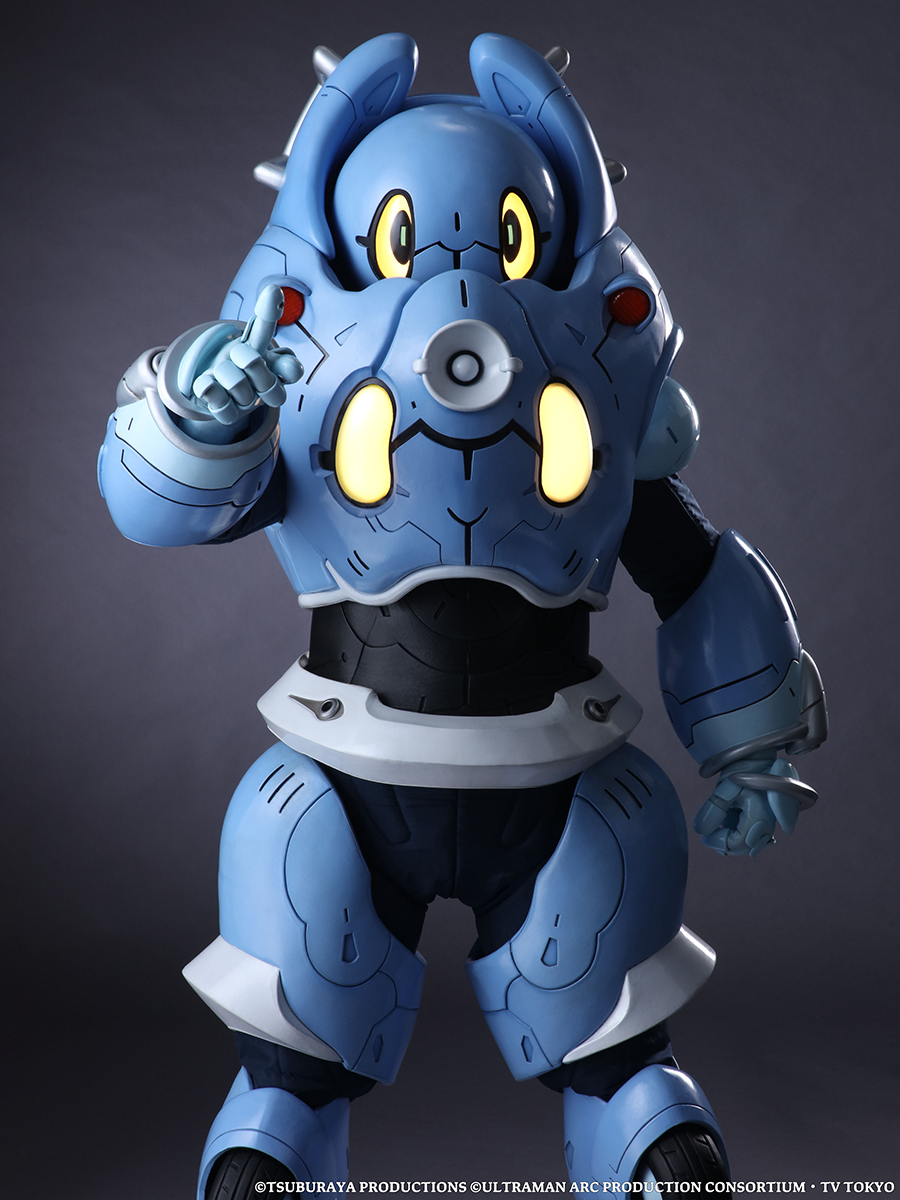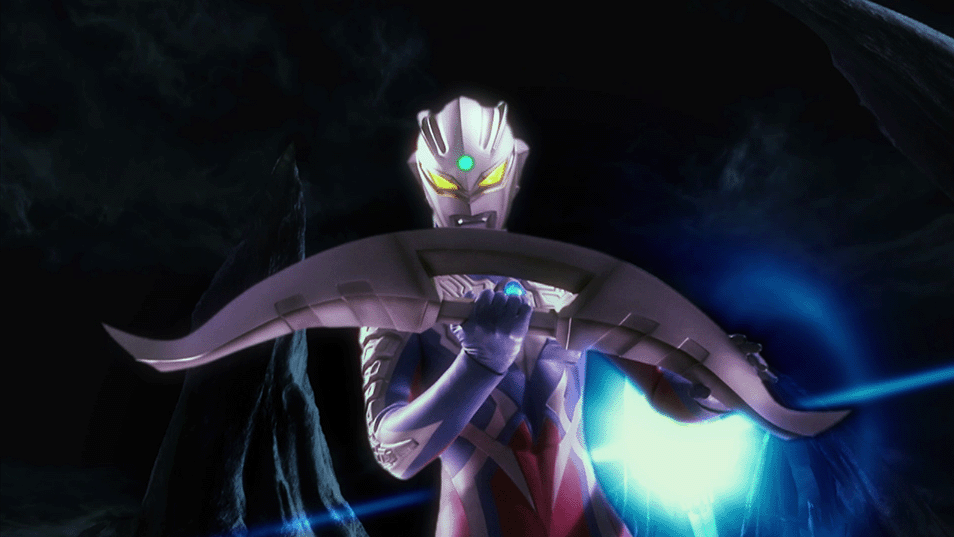I have a confession to make: I am a notorious spoiler-lover, especially with Ultraman. As soon as a new episode airs, I’m on Discord, or a group chat I’m in, talking about everything I just watched, and, well, sometimes details of those episodes end up reaching people who haven’t gotten a chance to watch yet. It’s a bad habit, and I’m suitably ashamed of myself.
With that in mind, that fact should underscore the impact of this episode, because this time, across every group I’m in, I banned all discussion of the episode until everyone who was going to see it had seen it.
Let me make myself clear. If you have not watched Ultraman Decker episode 14, “Birth of a Dark God,” stop reading NOW. Come back after you have finished the episode, for your own sake.
With that warning delivered, let’s continue.
As I have taken my journey with Decker from week to week, I will admit that my two decades of Ultraman Series love has built up a certain amount of…expectation. I have seen so much Ultraman at this point that any sort of content that “rhymes” with prior entries gets picked up immediately, and this often leads me to my own conclusions. Personally, this is one of my favorite parts of the show, and I find myself appreciating any aspects I catch across viewings.
When the Terraphaser made its debut back in episode 11, I audibly let out a bit of an “Oh no.” The machine was undeniably cool and powerful, but that was the problem; after all, even its name and design were inspired by Terranoid and Deathfacer, two artificial creations that were corrupted into some of the most ferocious threats that Decker’s inspiration, Ultraman Dyna, ever faced. That Terraphaser was such a cool design was a problem.
Multiple discussions had been had in prior reviews of this series of the dangerous precedent that Terraphaser has been setting; its mere presence seemed to agitate kaiju, driving them to attack violently, and the use of it had seemed to make Hanejiro more reckless and even extreme in his methods. However, both in-universe and to the fans, the Terraphaser proved itself over multiple episodes to be both too effective to ignore, and frankly, too cool to hate.

And yet, Terraphaser’s eventual betrayal felt inevitable. Despite all the robot’s references to a certain popular giant robot franchise, the TR Mega Buster ended up feeling more like the horrifying D4 Ray from Ultraman Z than a heroic finisher attack. Its claw and blaster seemed too violent and powerful to come across as good—a contrast to its in-universe inspiration, the crashed King Joe STORAGE Custom from ten years in the past. That King Joe managed to turn one of the Ultraman Series’ greatest foes into a cool, reliable friend. Terraphaser was…less successful.
And yet, as stated, the robot was part of the hero’s cast, and not just for an episode, but for 3 whole stories, each one proving the Terraphaser’s mettle. In a series that rarely goes over 25 episodes, three is not a small number. Not to mention all the references and discussion about its development that had occurred over the whole show. The Terraphaser was really set up to be Decker’s ally, the strongest asset GUTS-Select had.

More upsettingly for me, however, so was Professor Asakage. Asakage had been part of the initially announced cast for Decker, their chief tech designer and scientist. As someone who loves inventor characters in Ultraman, like Ide from the original Ultraman, Horii from Ultraman Tiga, and Rui from Ultraman X, I was excited to see a new one; not to mention that he was played by Yu Koyanagi, who was last seen in The Revenge of Belial playing Ultraman Zero’s first humanoid host, Run.
Unfortunately, the version of the character we knew as Asakage was only a small part of a much larger truth we weren’t even aware of; something this episode proved to be a greater part of the series than one might think.
Decker has managed to do something with this episode, and this series as a whole, that I can honestly say I never expected: the show managed to make me completely unsure of what I knew, and what would happen next.
Yes, the Terraphaser was clearly going to go bad. I’d guessed that since I first saw its picture. Yes, Asakage was in fact Agams of the planet Barzac. I hadn’t guessed that, and was deeply saddened by it, but it wasn’t out of the realm of possibility. After all, there had been many intelligent villains in the series before this, not least of which was Keigo Masaki, who became Evil Tiga due to his own ambitions.
Then, however, the stuff that completely threw me for a loop started, as Agams called out to Kanata from the Terraphaser, recognizing him as “the Decker of this age.”

I’m sorry, what?
The origin of Decker’s power has been one of the most hotly discussed elements of the show due to the strangeness with how Kanata received it. Theories had ranged from Decker being the raw energy of the cosmos, to a Sphere monster who Kanata had wrested the power from, to Ultraman Dyna’s son.
Something that nobody had considered, certainly, was that Kanata wasn’t the first Decker. As Agams had Kanata dead to rights, he was saved unexpectedly by a strange blonde man dropping out of the sky like the Terminator—a man who knew Agams personally, and clearly had history with him. He dropped the name “Laelia” and driving Agams into such a rage that he returned to the Terraphaser with the intent to squish the interloper. However, as everything else in the episode has proved, there’s no such thing as a simple finish with Decker.

I actually dropped my laptop I was watching the episode on when the mysterious stranger (played by veteran tokusatsu actor Masashi Taniguchi) summoned the Ultra D Flasher and took Kanata’s cards to transform. Seeing him actually become Decker was so shocking that I had to pause the episode.
It is through these two men—Agams and this mysterious other Decker—that we find out exactly how little Kanata (and we, the audience) know about this world that we’ve been observing for 14 episodes (and in Ultraman Trigger before it). In not even half an hour, every pillar of understanding we have of the setting of Decker crumbles away like a sandcastle at high tide.
It has been a long-standing tenet of the Ultraman Series that understanding grants strength; a major part of the series has always been fighting forces of mystery and obfuscation. This new Decker (or is he Old Decker?) takes that literally with his fighting style. Though Kanata has done a good job with the light, this Decker fights totally differently.
Every motion he makes is fluid and trained, and he swaps between Types effortlessly, as well as utilizing Decker’s summonable Kaiju all at once with perfect teamwork. His powers are no different from the powers Kanata can utilize, but the difference in experience and understanding makes him such a different warrior that Ryumon, watching the fight from below with Ichika, can tell it’s someone new immediately.

Unfortunately, Agams built the Terraphaser to fight Decker, regardless of who is wielding the light, and though the two combatants are relatively evenly matched in power, Decker is at an inherent disadvantage due to his time limit, forcing the two to settle for one final beam struggle that engulfs both, Kanata watching helplessly…
Ultraman is not a series generally known for twists, and I would even argue that the events of this episode should not be called a twist; after all, the clues were present from the very beginning. I find myself more than ever sympathizing with Kanata: we are both very confused, a little afraid, and wondering what will happen next. Hopefully, episode 15, “A Promise for Tomorrow,” will give both him and all of us the answers we crave.
